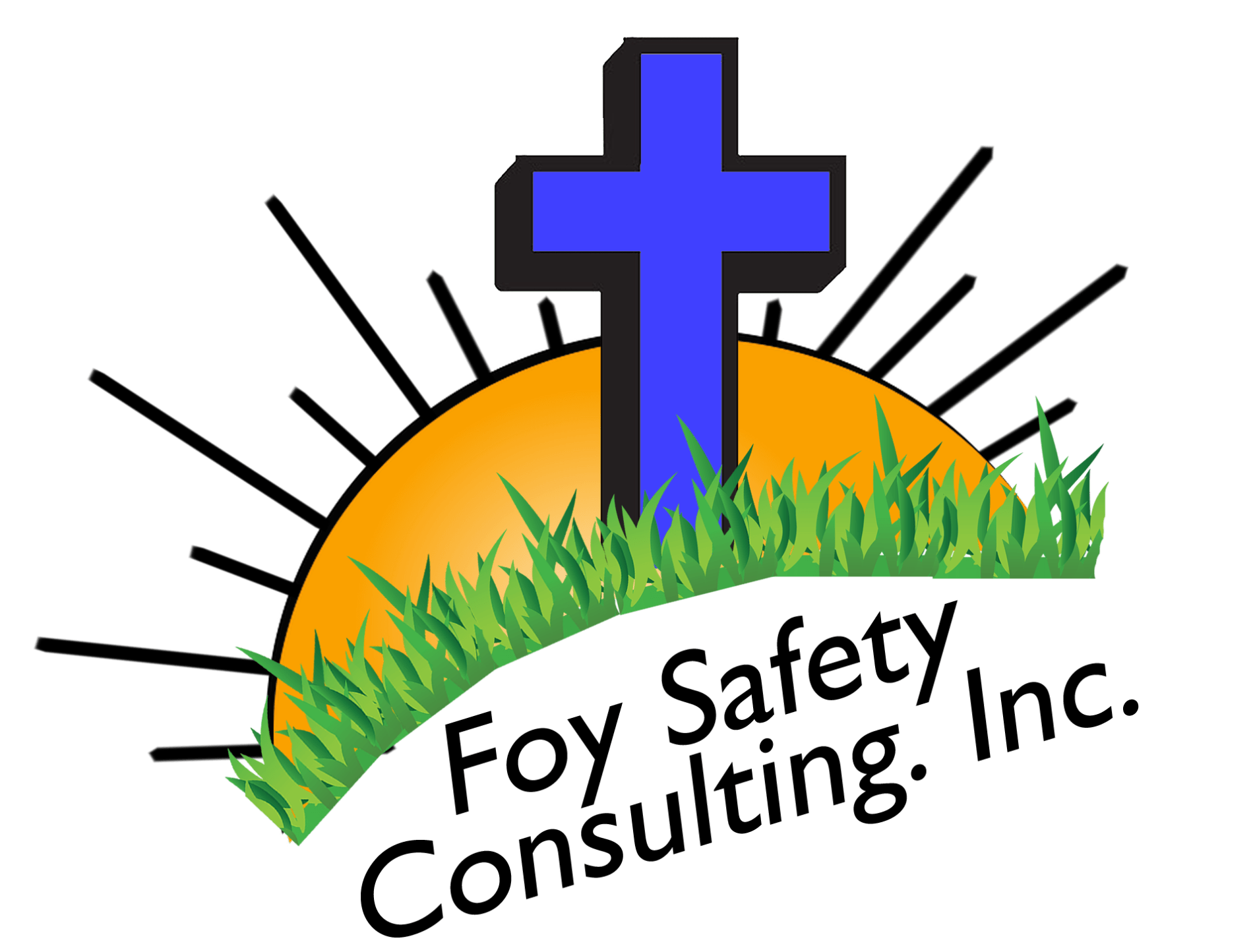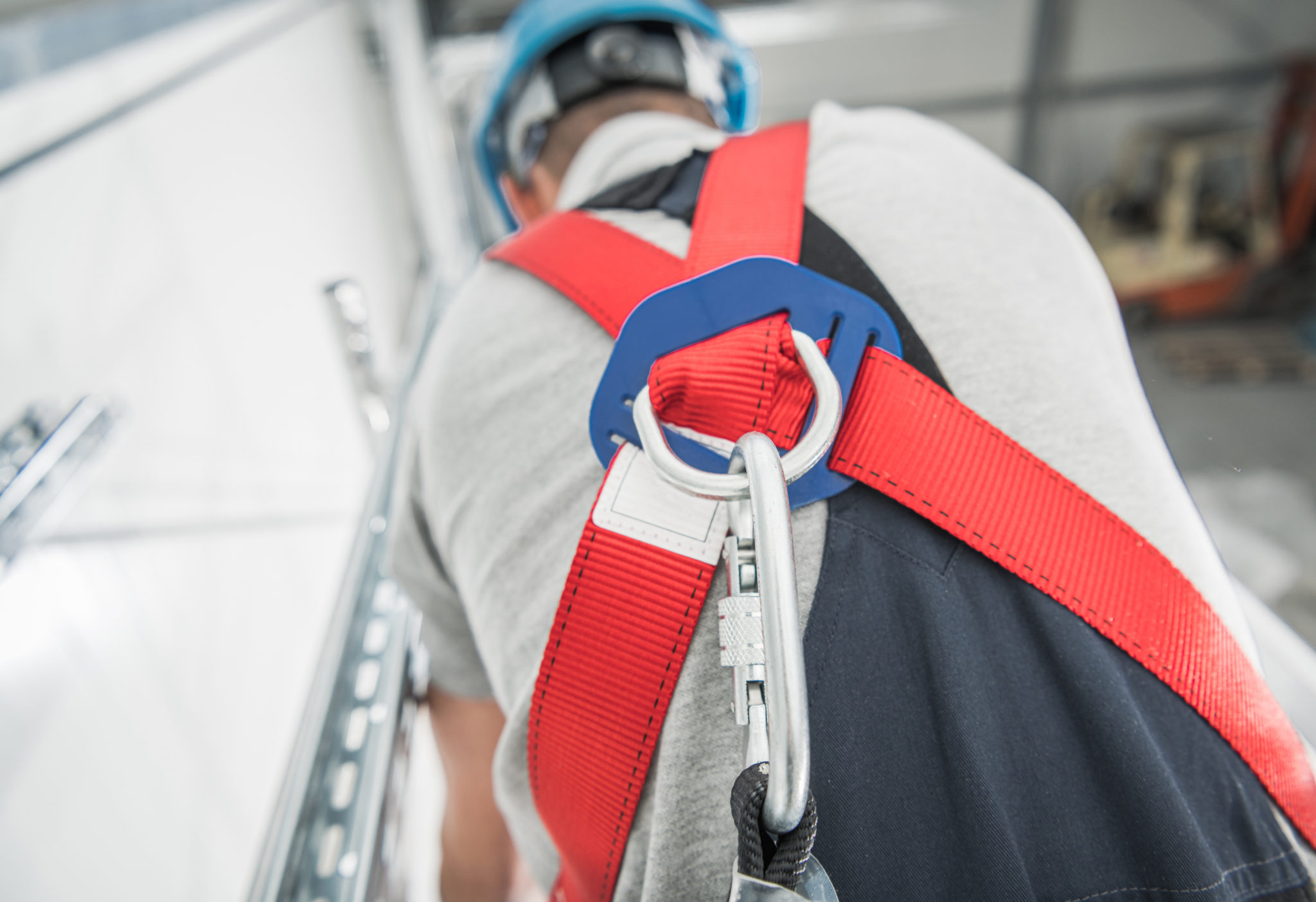There are plenty of safety hazards when it comes to the job site, but one of the leading causes of fatalities on the job site is due to workers falling. With winter right around the corner, we feel there is no better time to review safety procedures when working from heights and how to prevent falls from occurring.
Suspension Trauma: The Dangers of Being Left Hanging
Venous pooling or the pooling of blood in the legs, reducing the amount of blood circulation throughout the rest of the body, is a symptom of being left suspended in air for too long. If the person is not able to get horizontal, the natural way for the body to resolve venous pooling, the body is unable to properly circulate blood throughout the body, leaving vital organs such as the kidneys, heart, and brain under extreme stress.
OSHA defines suspension trauma as “the development of symptoms such as light-headedness, palpitations, tremulousness, poor concentration, fatigue, nausea, dizziness, headache, sweating, weakness and occasionally fainting during upright standing.”
Symptoms of Suspension Trauma
While rare, any individual waiting to be rescued from a fall should be closely monitored for any signs of suspension trauma.
These signs include:
- Faintness
- Breathlessness
- Sweating
- Paleness
- Nausea
- Dizziness
- Hot Flashes
- Unusually low blood pressure or heart rate
- Increased heart rate
Staying Active While Suspended
Any company that utilizes fall protection equipment needs to institute practices that workers can use, should they find themselves suspended. Companies must make sure that their workers are properly trained on how to recognize orthostatic intolerance, factors that increase the risk of it, and what they can do to manage the risk. For workers who find themselves suspended, awaiting rescue, take the following steps to prevent and guard against injury:
- Adopt a sitting position
- To the best of your ability, try to get as horizontal as possible
- Use your legs to continually push off from a hard surface, keeping your muscles as active as possible
- Continue to pump your legs to maintain proper blood flow and prevent venous pooling
Plan Accordingly
If you, either as a worker or employer, are aware that you or your employees are going to be working from any reasonable height, preparations must be taken to ensure the job is done safely. A careful review of what the job will involve, what equipment will be needed, and how to do each task correctly and responsibly will ensure optimal performance and safety.
If you are an employer, while reviewing the job, you must also be estimating the total cost of the safety equipment that will be required. Safety equipment such as personal fall-arrest-systems are a vital part of any task involving heights. As an employer, is it your responsibility to make sure your employees have all the necessary tools and safety equipment, along with proper training, when entering the job site.
Make sure to look over this OSHA document regarding fall prevention as well as this OSHA fall prevention training guide. This document discusses safety measures, proper procedures, and outlines risks that are taken when operating from certain heights.
Creating Your Rescue Plan
OSHA warns that continued suspension in fall arrest equipment can result in the individual falling unconscious, followed by death, in under 30 minutes. However, in reality, symptoms of suspension trauma can begin in as little as a couple minutes, and loss of consciousness can occur in just under seven (7) minutes.
This is why it is so vital that workers who are left suspended after a fall are rescued as quickly as possible. ANSI’s Fall Protection Code states that rescue should occur within six minutes, and if your business has a clear rescue plan in place, this is easily achievable.
After developing your rescue plan, write it down and make sure every employee has access too and is familiar with the rescue plan. Ensure every individual is thoroughly trained on the rescue procedure and make sure to conduct mock-rescue situations. Making sure your team is prepared when disaster strikes will ensure that they are able to respond, not react, to the situation.
Choosing the Right Equipment
When working from a height of six feet or taller, workers, should they fall, are at risk for severe injury and death. Therefore, it is vital that you provide your workers with the right equipment. Ladders, scaffolding, harnesses, and all other safety gear must be properly inspected and meet standard industry requirements.
Furthermore, while buying the equipment is the first step, inspecting the equipment before and after each use is equally important. The importance of this second step is increased ten-fold during the winter as well. Frozen safety equipment can lead to failure, which can result in severe injury, and death in some cases.
Proper Training
Training workers on how to use the equipment is vital to ensuring all safety regulations are met on the job site, not just falling regulations. As an employer, it is your responsibility to make sure your workers are trained on how to properly operate, inspect and maintain their safety equipment. If you are unsure of how to begin training your worker, consider calling Foy Safety Consulting! We are experts when it comes to safety on the job site. We can point out malfunctioning equipment and provide helpful tips to ensure every worker is protected on the job site. Do not hesitate to reach out to us with questions on concerns, or visit our FAQ page for some quick answer!


